5. A Woman Is A Woman (1961)
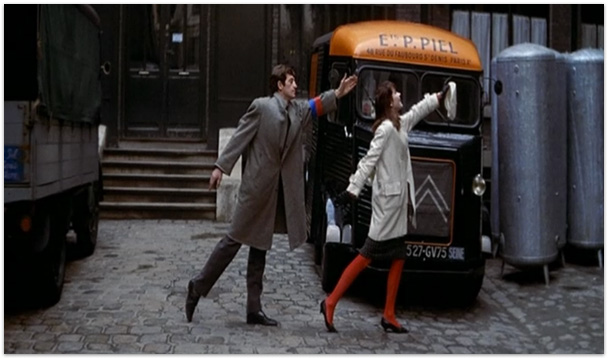
In a mere eighty-three minutes, Jean-Luc Godard breaks down the inner workings of the medium in this candy-colored musical, making for an essential viewing that’s anything but a lesser work. Despite being overshadowed by his more celebrated achievements, A Woman Is A Woman is French New Wave at its most joyous and free, with screen icons Anna Karina and Jean-Paul Belmondo colliding to create a duality of screen presence that’s impossible to beat.
Examining the life of a broody stripper who finds herself caught between the designs of two lusty men, Godard takes us on a farcical journey into what’s essentially a classic love triangle, but like any great Jean-Luc picture, mischief soon arises. Godard has always taken pleasure in toying with the audience, cutting out sound and breaking the fourth wall whenever he feels so inclined. He’s never afraid to remind us we’re watching a movie, but in doing so, he taps into the very essence of what cinema is, remaining one of the few directors ever to acknowledge its innate façade.
One thing to consider with A Woman Is A Woman is that this was Godard’s first color picture, which in retrospect is hard to comprehend. The multicolored pallet and ravishing costume designs are way ahead of the curve, with a striking resemblance to many milestones of modern cinema, Paul Thomas Anderson’s Punch Drunk Love being the obvious example. As cinematographer Raoul Coutard’s blue lens-flares and neon lights consume the frame, Anna Karina’s peerless luminosity accentuates everything left unsaid, making for a film that’s every bit as radiant as Contempt, with all the playful nature of Breathless. See it to believe.
4. The Soft Skin (1964)
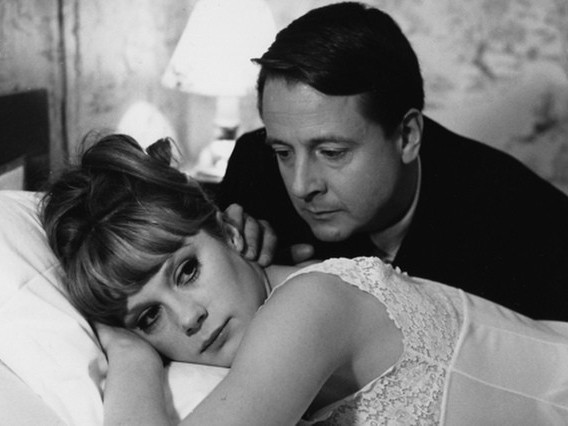
Another undervalued entry from the great François Truffaut, The Soft Skin is both an ode to noir and all its moody cynicism, and a jilted love story plummeting towards destruction. When famous author and lecturer Pierre Lachenay (Jean Desailly) meets young air hostess Nicole (Françoise Dorléac), a brooding plot of infidelity unfolds, his wife and daughter looking on suspiciously as he schemes to further his relationship with his newfound mistress.
This film marks one of the few lead appearances from the heavenly Françoise Dorléac, older sister of famed actress Catherine Deneuve. At just twenty-five, Dorléac was on the brink of international stardom when she was tragically killed in a car accident on 26th June 1967, losing control of her rented vehicle and hitting a signpost ten kilometers outside of Nice. Dorléac’s death was a heavy blow to French cinema, making it all the more fortunate her many talents remain on display here, cemented into celluloid forever.
Whilst The Soft Skin is fundamentally an arthouse entry, unlike some of Truffaut’s other works, it isn’t hesitant to delve into genre. In typical Truffaut style, this is yet another exploration of bourgeoise immorality and the various ways it manifests itself, but for a change it has an aftertaste of crime-caper violence, something not always seen in the auteur’s work. Much like A Gorgeous Girl Like Me, it also flaunts a whimsical score by Georges Delerue, fueling the doomed love story all the more. By the end, we’re left with a deeply Hitchcockian endeavor that continues to age like fine wine, leaving us certain of one thing if anything; obsession can be an ugly thing.
3. Le Doulos (1962)
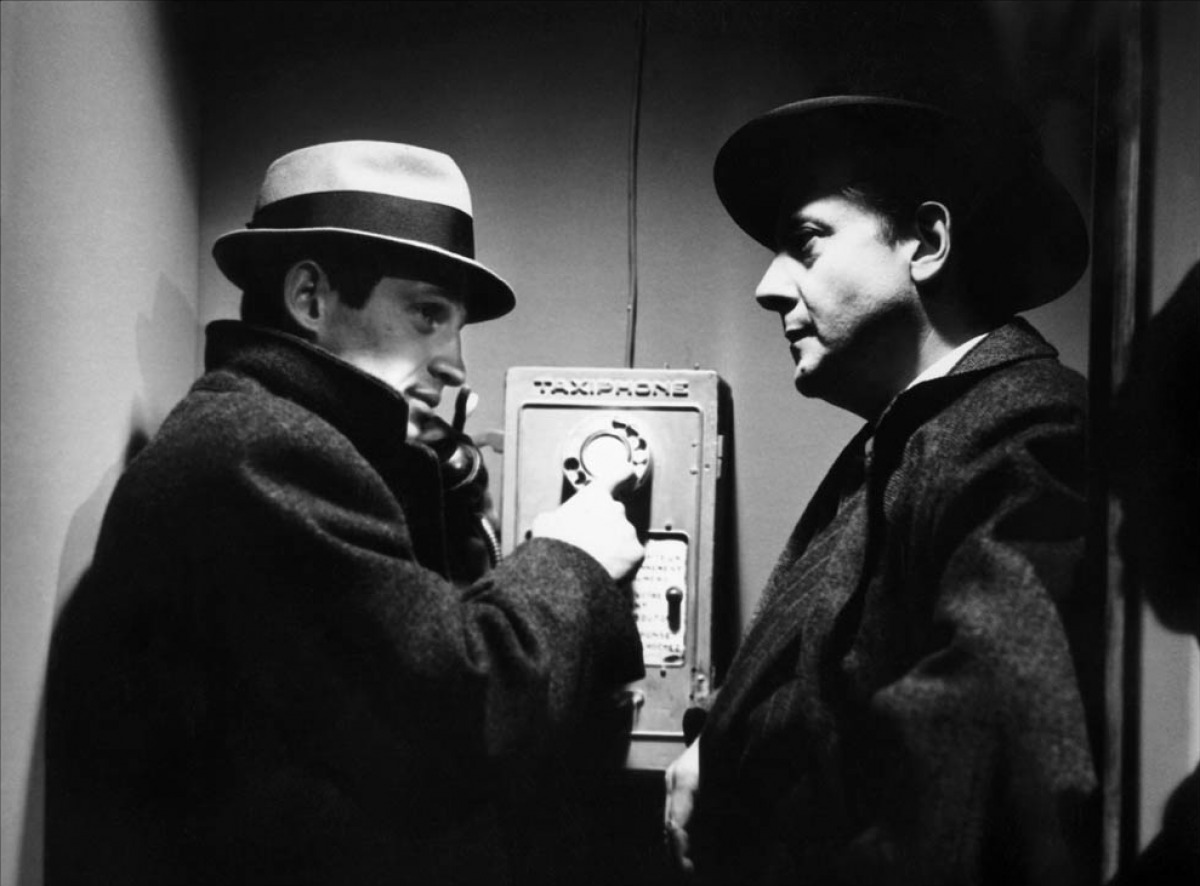
Said to be both Quentin Tarantino’s favorite storyline and Martin Scorsese’s favorite gangster picture, this paranoia-inducing game of cops and robbers is unlike any French caper of its respective era. Jean-Pierre Melville has long been recognized as one of the industry’s greatest filmmakers, but his more established works like Army of Shadows and Le Cercle Rouge tend to outlive his lesser-known accomplishments, Le Doulos being a prime example. This film has every ingredient of a razor-sharp noir – a convoluted plot, shifty characters, and postwar dubiety all fusing to produce a world built almost entirely out of backstabbing and betrayal, and yet, its reputation is nothing next to the legendary status of the aforementioned Melville titles.
The narrative follows Serge Reggiani’s Maurice Faugel, a hardened criminal fresh out of prison. With experience only in organized crime, he jumps right back into the only world he’s ever known, but all is not what it seems. After a robbery job goes awry, Maurice finds himself on a mission to discover the identities of those responsible, and more importantly, to uncover the conspiracy set out against him. With a seedy turn from Jean Desailly (The Soft Skin) and a career-best performance from Jean-Paul Belmondo, Le Doulos exhibits all the acting talent of Reservoir Dogs, with the scheming, suspiciously motivated characters to go with it.
One other thing to note here is the style Melville possesses, and the controversial boundaries he so willingly breaks down. Whilst the screen was no stranger to violence by 1962, on-screen nudity was few and far between, and Le Doulos certainly has its fair share. This isn’t exactly abnormal for European cinema, but by international standards, this was a test of the post-Hays Code censorship still in place at the time. Melville was no stranger to taking risks in cinema, and his gritty exploration of the Parisian underworld demonstrates that effortlessly.
2. French Cancan (1954)
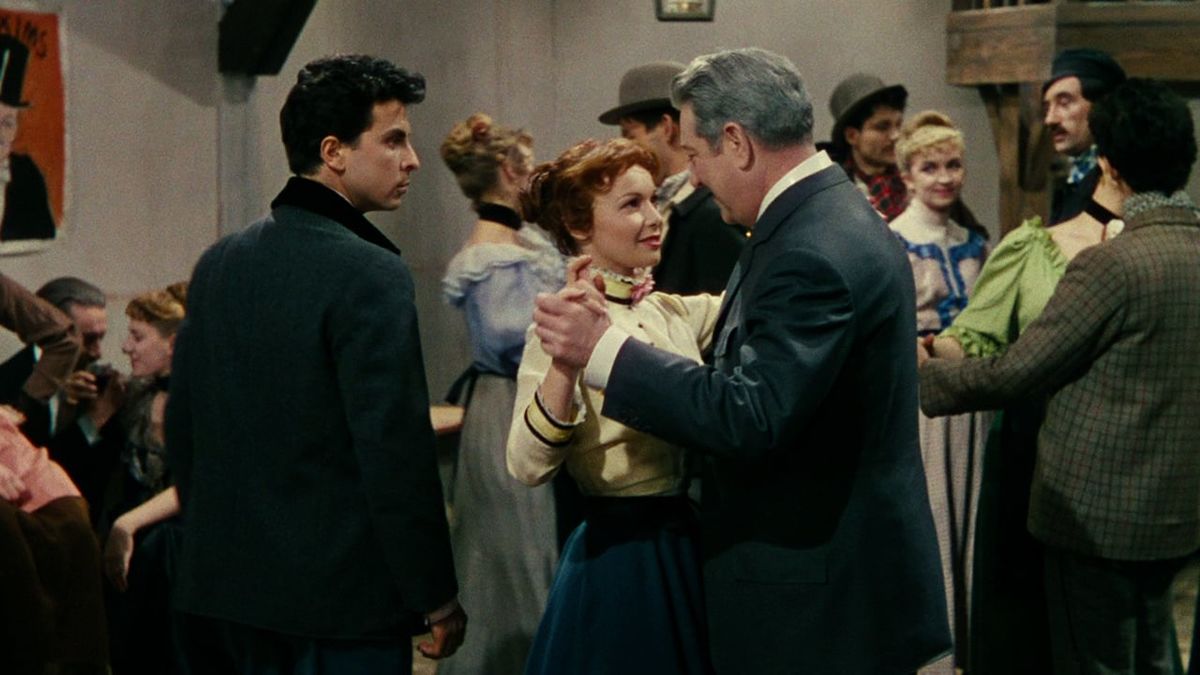
We’re all familiar with the high kicks, the billowing skirts, and the universally immortalized tune, but have you ever seen the movie? French Cancan is as romantic and exuberant as musicals get, Jean Renoir’s auteur expertise bursting from the seams. This is a clear case of the influence American cinema had on the French; the cinematography somewhat stylistically similar to Hitchcock’s trademark Technicolor thrillers. As pastel colors and painted backdrops whisk us away into an unashamed sentimentality, Renoir’s deeper impulses start to take root, with heavier themes such as heartbreak, postwar political relations, and systemic misogyny all rising to the surface.
Orson Welles often cited Jean Renoir as the greatest director who ever lived, and here we can see why. Renoir’s more esteemed works The Grand Illusion and The Rules of the Game are masterpieces, to be sure, but it’s a shame they so often take the spotlight when an achievement such as this exists. Nineteenth-century Paris has never looked so lavish, making it impossible to comprehend how a film this rich in cinematic finesse can be so criminally forgotten.
If the sprawling visuals aren’t enough for you, the story undoubtedly will be. Centering on the life of working-girl Nini (Françoise Arnoul) and how she’s suddenly catapulted into the world of theatre by Impresario Henri Danglard (Jean Gabin), French Cancan isn’t just a by-the-numbers musical, but an underdog story of the purest kind, and a hair-raising depiction of love against the odds. You’ll pine for Gabin and Arnoul almost as much as you pine for Gene Kelly and Debbie Reynolds in Singin’ in the Rain, and as fans of the genre are well aware, that is anything but an easy feat.
1. The Young Girls of Rochefort (1967)
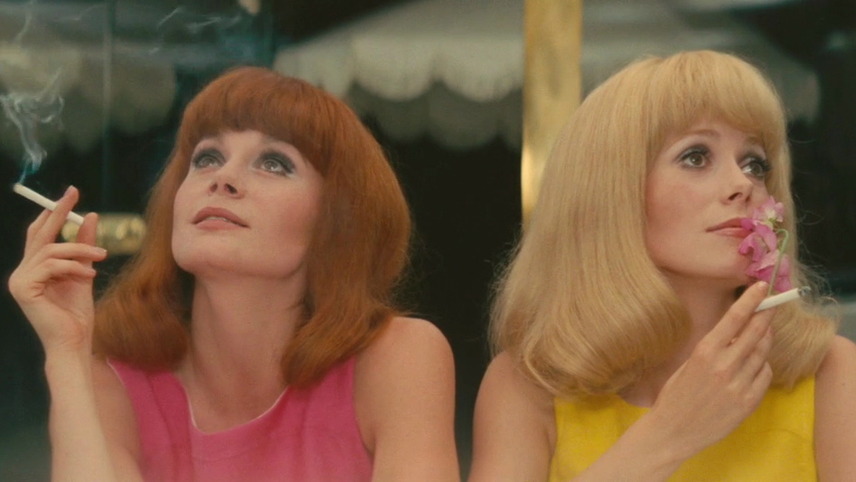
Admittedly, most cinephiles are aware of this movie’s existence, but that’s no reason to not include it in this list. The Young Girls of Rochefort is underrated solely for the fact that it’s not in the masses’ consciousness, its influence as far-reaching as perhaps any musical ever made. Take La La Land, for example, a film that not only takes visual cues and camera movements from Rochefort but note-for-note melodies, too. It’s no coincidence just how similar composer Justin Hurwitz’ score is to Michel Legrand’s music here, La La Land director Damien Chazelle being a self-proclaimed fan of Jacques Demy’s timeless ode to 50s Hollywood. Still, as public awareness goes, La La Land is more popular in almost every regard, which is a shame considering Legrand’s talent was evidently the catalyst for many of its musical themes.
Make no mistake, La La Land is an astounding picture, showcasing more than enough originality to hold its own weight, it’s just a shame that Demy’s achievement isn’t equally appreciated. This, in part, is due to it living most of its life in the shadow of his more acclaimed work The Umbrellas of Cherbourg, yet another faultless accomplishment by the French director. Both films feature breathtaking music from Michel Legrand, certifying his status as one of the finest composers of our time. What The Umbrellas of Cherbourg doesn’t have, however, is a cameo appearance from none other than musical legend Gene Kelly himself, and a cast led by sisters Catherine Deneuve and Françoise Dorléac, making this one of the few masterful films alongside The Soft Skin that Dorléac starred in before her life was tragically cut short.
For any romantic at heart, The Young Girls of Rochefort is the place to be. Demy’s work here is amongst the most feel-good movies ever documented, brimming with shimmering colors and meticulously coordinated dance choreography. It couldn’t have hurt that Agnès Varda was often present as an assistant director, a natural position for Demy’s lifetime partner in both film and love. Outside of Gena Rowlands and John Cassavetes, or Elaine May and Mike Nichols, these two cineastes formed one of the medium’s all-time greatest power couples; two eccentric individuals doing what they adore most in the whole world. That’s a recipe for a masterpiece if there ever was one. If any film could best describe that feeling of butterflies in the pit of your stomach, The Young Girls of Rochefort would be the leading example. After all, the French succeed in all genres, from trigger-fingered suspense thrillers to revolutionary silent classics, but if they’re known for anything in particular, it’s their expertise in that funny thing we call love.